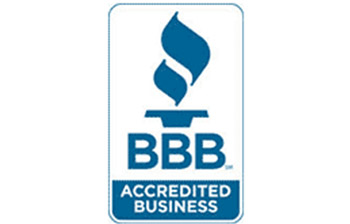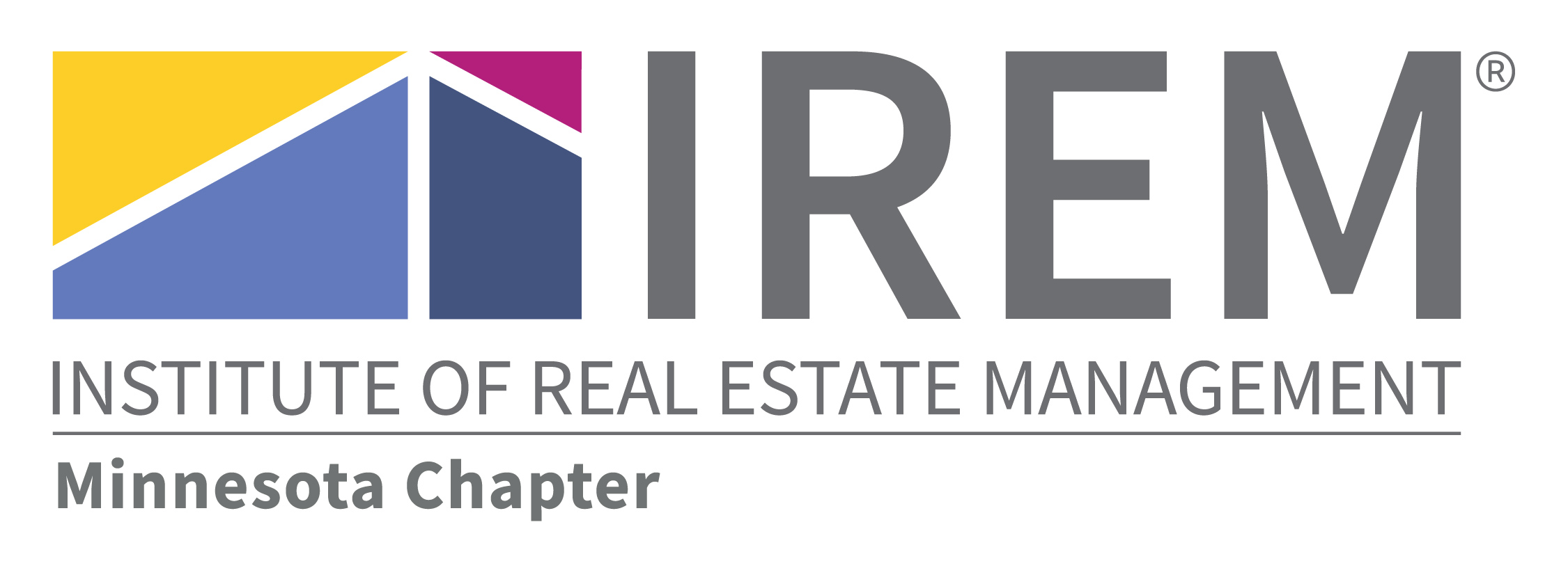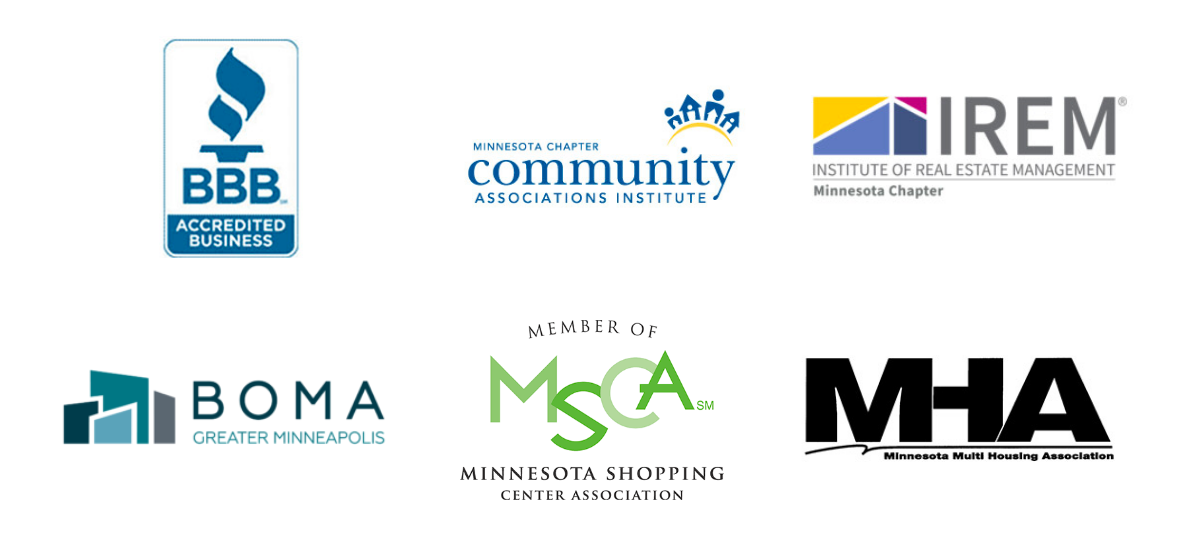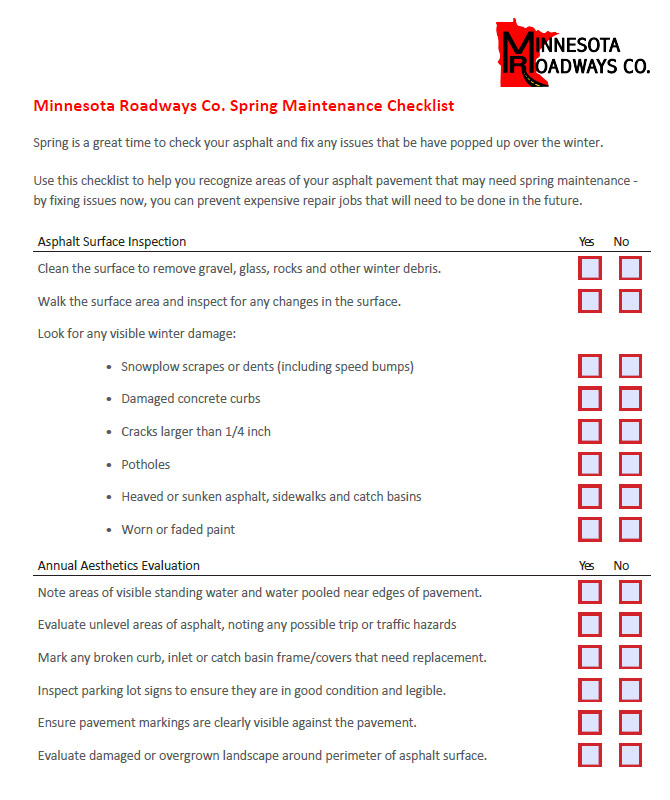Seal Coating
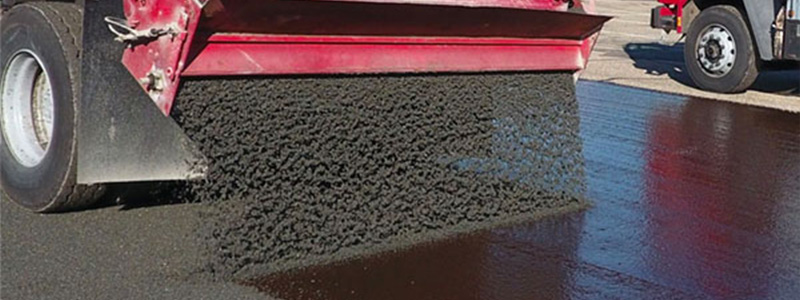
If you have an asphalt parking lot, sooner or later is will need to be seal coated. All asphalt pavement is made up of liquid asphalt (tar) and gravel. Over time asphalt will “dry out” and become brittle. This is called oxidation and is evident by the surface turning grayish-brown in color, particles breaking loose from the surface, and cracks developing. Traffic, sunlight, and weather (rain, freeze/thaw cycles) all speed up this deterioration process. A seal coat is needed to prevent this erosion by creating a protective seal on the surface while protecting your pavement investment and beautifying your asphalt.
Minnesota Roadways offers two different seal coating options, and after a discussion of use and condition of the surface, an asphalt seal coat type will be recommended.
Asphalt Seal Coating Methods:
- Chip Seal Coating — This involves placement of liquid asphalt and small chips or stones on the pavement surface. This method is generally recommended on moderate to heavily deteriorated pavement and to cover up an extensive amount of repairs. Be aware that you have some loose rock problems with this type of treatment; however, these seals last from 5 to 6 years.
- Emulsion Sealers — This technique involves placing an asphalt emulsion veneer sealer over the surface or spraying on an asphalt based fog sealer. These methods will help protect the pavement from water and sunlight damage for a period of time (usually 1 to 3 years). Emulsion seal coating is less expensive than other seal coating methods, but limits the use of other methods in later years.


